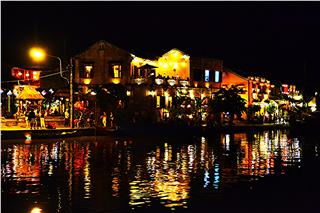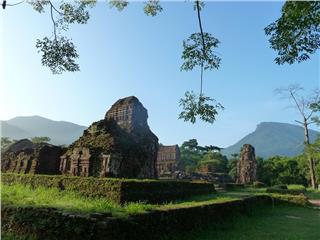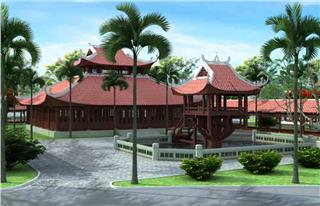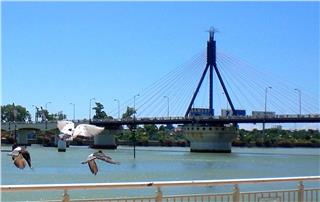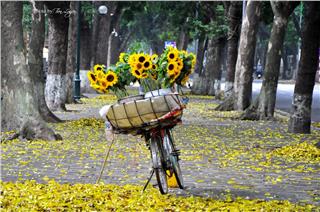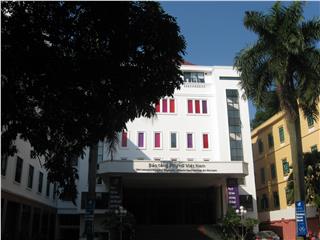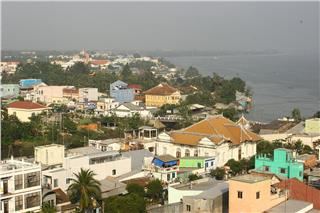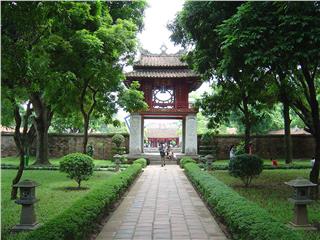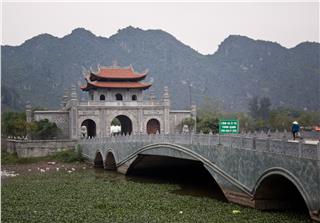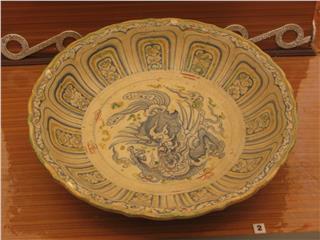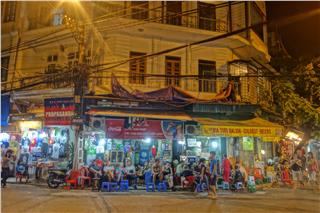Discovering the Co Tu village in Quang Nam
Tue, 26 Aug 2014 . Last updated Thu, 25 Jun 2015 08:47
-
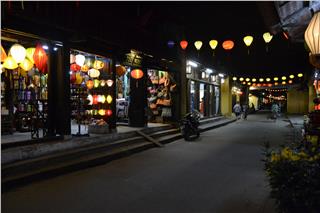 Hoi An travel to New Moon Festival 7230 viewed
Hoi An travel to New Moon Festival 7230 viewed -
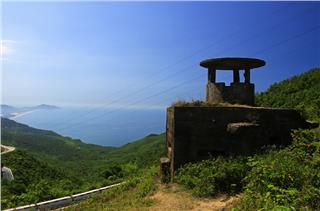 Vietnam War bunker near Da Nang 6704 viewed
Vietnam War bunker near Da Nang 6704 viewed -
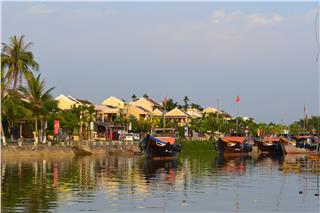 Ancientness of Hoi An ancient town 6615 viewed
Ancientness of Hoi An ancient town 6615 viewed -
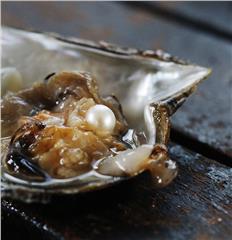 Discovering pearl in Phu Quoc Island 6122 viewed
Discovering pearl in Phu Quoc Island 6122 viewed -
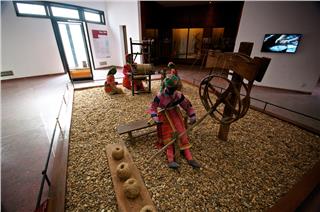 Cultural identity of ethnic groups in Vietnam Museum of Ethnology 5940 viewed
Cultural identity of ethnic groups in Vietnam Museum of Ethnology 5940 viewed -
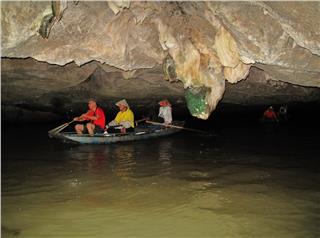 Visit Trang An complex in Ninh Binh 5842 viewed
Visit Trang An complex in Ninh Binh 5842 viewed -
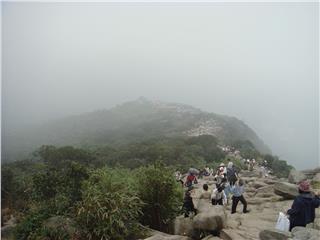 Yen Tu Pagoda and records of Vietnam 5809 viewed
Yen Tu Pagoda and records of Vietnam 5809 viewed -
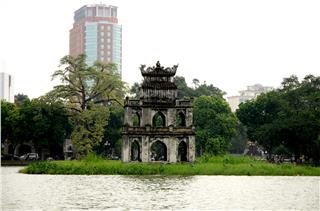 Hanoi Vietnam to Hoan Kiem Lake 5683 viewed
Hanoi Vietnam to Hoan Kiem Lake 5683 viewed -
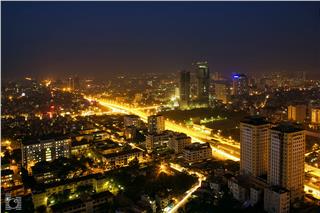 Hanoi at night 5581 viewed
Hanoi at night 5581 viewed
Coming to Tay Giang district, Quang Nam province, tourists will have the chance to explore the unspoiled beauty of Co Tu village and immerse themselves into the nature in order to experience the colorful ethnic culture of Co Tu people in Vietnam.
The traditional villages of Co Tu people as Bho Hoong village in Tay Giang build the Guol house or communal house in the center and the houses of villagers are located around. Like many other ethnic groups, when building a house, Co Tu people make many rites to choose a piece of best land. Despite having to choose the direction of land from the communal house, Katu people never located the doors at the direction of East and the West.
When building the new house, if having the thunder sound, they have to dismantle the entire the house and reconstruct another day. The main pillar – Ta Nan is always built before. This pillar is high or low depending on the ability of the homeowner to make large or small house. Then the roof beams, columns are assembled under the help of the men in the village, the house is gradually formed. According to the Co Tu customary law, hunting trophies have to be divided among the people in the village, so the community also joins hands to help each other in the private work. As the frame is completed, the host will hold up the offerings at the center of the floor with offerings including chicken, eggs and dried fishes to aspire the lucky and happiness while building the house and after moving to the new house. Depending on the religions, the traditional houses of Co Tu people have many types.
This is a long house of Co Tu people built in 1978 in Atu village, Tay Giang district, Quang Nam province. This house consists of 12 compartments and is the residence of 150 Co Tu people. This house includes a large family and small families separated by the kitchen fire. However, the typical houses in the Co Tu village are Moong house having the shape of oval with many variations. They are made of wood, rattan, bamboo and leaves. This is a house with lots of pillars and tortoise-shaped leaf roof. The leaf roof of this house is a miniature type of the communal house’s leaf roof that according to the legend, is made based on the shape of the phoenix. The front is Blang Alut door, the main door where guests can enter. The door at the rear is called Blang Lang. Co Tu people lull their children to sleep by a lullaby: Our house has 8 big compartments, the house’s pillars are big, the house is clean and tidy to welcome distinguished visitors. The house has many precious gongs, big pots and cattle. The villagers will be more impressed if the house is decorated by the head of beasts and feathers. Those are not simple memorable achievements but also the evidence for the honor of the owner.
In addition to the weapons and hunting achievements, we see the small bamboo tube called Bo Noi in the house of Co Tu people. After the hunting trips does not success, the homeowners have must sacrifice the chickens and pigs before the old hunting head of old animals then make the Bo Noi tubes, they can continue to go hunting. The life in the high mountains and deep forests forced Co Tu people to have the faith in the supernatural gods in order to survive.
Co Tu people utilize all things of nature for to serve the demands of their life. With the mastery knitting skills, Co Tu people distinguish 16 types of bamboo and 15 types of rattan to make the perfect products. The weaving techniques and design with the high level shows clearly through the roof of Co Tu’s house. The roof of Co Tu’s house sloping 60 degree along with the roof-arm at 2 sides and tie-beams form an equilateral triangle, so its roof is solid. Under the houses of Co Tu people in Tay Giang, there still remain the old life, a patriarchal society, but women also have a particular position in the agricultural rites.
In the early 20th century, in the first book writing about Co Tu people, Le Pichon said when giving birth a daughter, Co Tu people is also very excited. Also in this book, Le Pichon wrote that: after a long journey, we stopped at the hospitable houses. The homeowner and his family warmly greeted. Under the patriarchy domination, Co Tu people attach great importance to the family relations. Co Tu people here said that though they have no the writing to record pedigrees, but everyone remembers clearly their relatives. According to the Co Tu customary law, if a person is sentenced to death, the members of that family have to implement this judgment.
The extreme of the life circumstances, living traditions and religions here never lose the beauty of life in Co Tu villages. No such legendary as the Pa Roc village in the past, Po Ninh village has still many interesting things that we have not explored yet. Every time coming to the traditional houses here, we get the share about the mysterious identity of Co Tu people.
This is a holy bird that its shape carved and painted on the roof of communal house and the village gates of Co Tu people. This bird is known as pelican, the holy bird representing for the faithfulness and prosperity but Co Tu people still hunt for decorations. Le Pichon with the western rationalist opinion commented Co Tu people are hospitable, chivalrous and funny but contempt for human life, a glorious picture in the mountains and forests of Quang Nam. Ca Tu people want to live their whole life on the land where their ancestors lived.
Source: HTV
- Tags:
- Quang Nam tourism
- Vietnam ethnic groups
- Co Tu village
- Co Tu people
- Co Tu customary law
- Quang Nam

